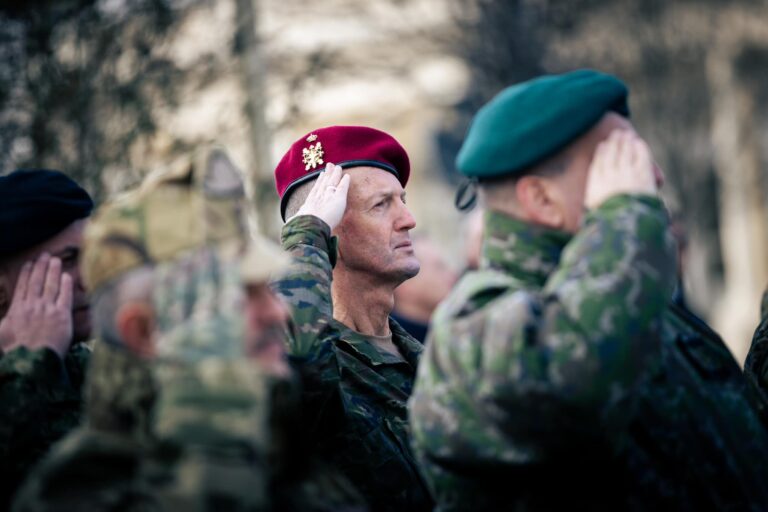Hungarian Defence Forces
Hungary reaffirms NATO commitment, urges Europe to boost defence efforts

Hungary hands one million dollars to Lebanon army instead of financing arms shipments to Ukraine

Hungarian foreign minister: Stability in Lebanon key for peace in Middle East

NATO Central European Multi-National Division Command deployed to Hungary reached full operational capability

Hungarian-Turkish scientific, innovation year launches with defence innovation programmes

PM Orbán and NATO’s Rutte: Hungarian jets to guard Baltic airspace and strengthen defence

Hungarian National Economy Minister Nagy signs agreements in Bulgaria

British troops have arrived in Hungary – PHOTOS

Attention! You may bump into British military convoys on the Hungarian roads next week!

Attention: Military vehicles to appear in Budapest for Defence Centre event

Massive scandal: stolen Hungarian military data still being auctioned on the Dark Web

Hungarian Defence Minister: 2024 showed ‘importance of peace, security, defence’

Peace requires strength, Hungarian defence minister says in Bahrain
Bahrein important pro-peace partner of Hungary, says minister

Hungarian reserve soldiers in the freezing trenches – video, photos

Hungarian army chief of staff Böröndi visited Hungarian troops serving in Lebanon

PHOTOS: Hungary gets brand-new military choppers, troops prepare for Chad mission amid French withdrawal

Honouring History: Hungarian Soldiers of World Wars I and II Reburied in Budapest





 ZH
ZH IT
IT DE
DE HR
HR NL
NL FR
FR JA
JA RO
RO RU
RU ES
ES TR
TR
